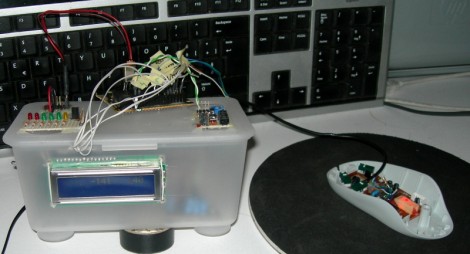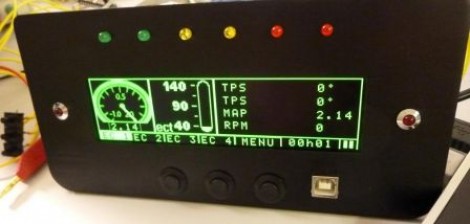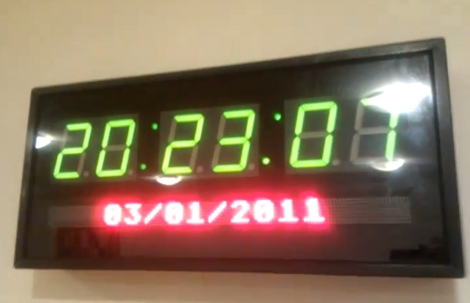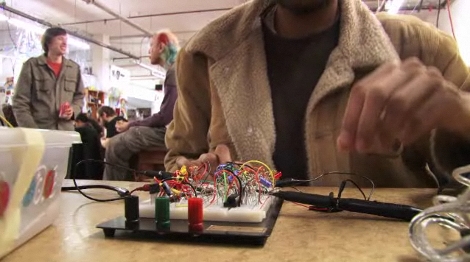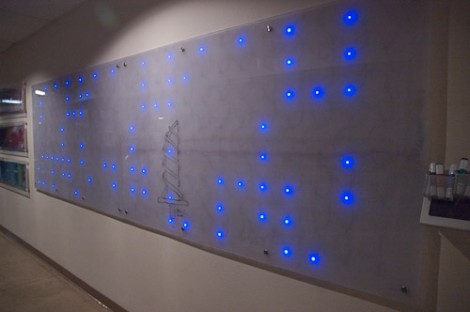
Apparently some of the traffic lights in Johannesburg, South Africa have SIM cards in them to help maintain the network without a physical connection. Now that’s some and not all, but apparently thieves have learned that the SIMs can be used in cell phones to make anonymous and unlimited calls. Officials are convinced that the thieves have inside information because they only crack open the lights that DO contain a card.
We’re white hats here at Hackaday and certainly don’t want to give out information that aids criminals. But since this is already a huge problem we have an idea of how thieves might be identifying which lights to rob. Sure, they probably do have inside information, but wouldn’t it be fairly simple to track down which lights use cellular communication by using a home made spectrum analyzer? We guess it would depend on how often the lights send out communications bursts. Does anyone have insight on this? Leave you thoughts in the comments.
[Thanks Bob]

